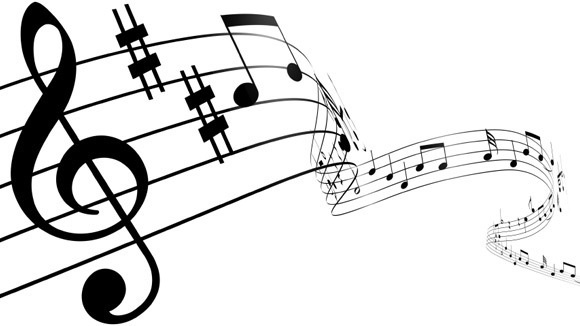
Songs without words are a wonderful opportunity to focus solely on music and movement. This week, we are musiking with the song "Bouncing Ball" from "Growing Up With Music" songbook, and experimenting with form, movement, resting tone ostinato, and rhythm. Originally, I composed this song for an early childhood setting, and often used a stretchy band to enhance it. With upper elementary students, I begin by singing to them, and exploring the song's phrasing throrough locomotor and stationary movement. There are many creative ways to modify this activity. Below are just a few examples.
PHRASE 1
 |
STRETCHY BAND: Seated in a circle, gently bounce stretchy band to macrobeats.
MOVEMENT: Swing arms to macrobeats. Bend knees as you swing.
|




Comments
Post a Comment